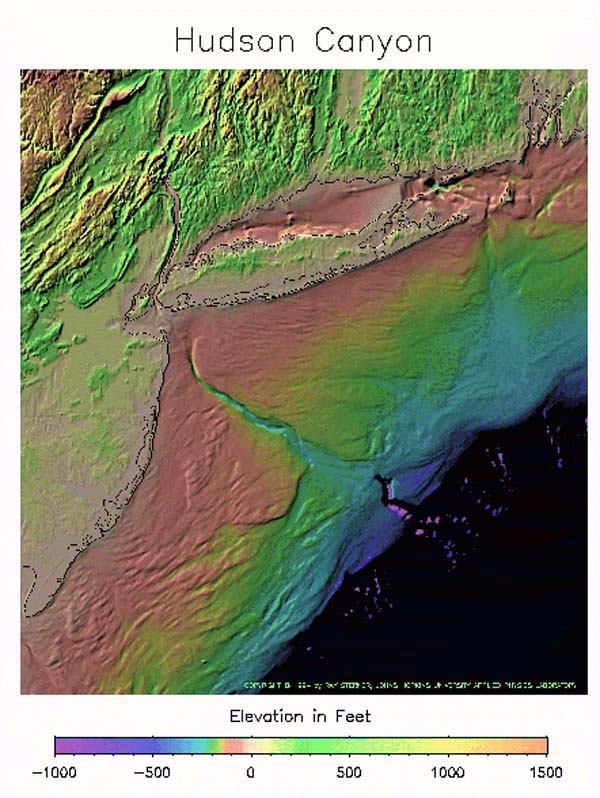December 12, 2023 — The following was released by the Western Pacific Regional Fishery Management Council:
The Western Pacific Regional Fishery Management Council yesterday emphasized its solid position on fishing regulations in the proposed Pacific Remote Islands (PRI) National Marine Sanctuary. The Council determined the existing fishing regulations under the current structure meet the goals and objectives of the proposed sanctuary and recommended to NOAA that additional fishing regulations are not necessary.
The Council’s existing regulations under the Magnuson-Stevens Act (MSA) established comprehensive protection since the 1980s and continues to provide long-lasting conservation and management for the PRI fishery ecosystem, habitat and resources.1 Pelagic fisheries in the PRI are vital to the economy and culture of American Samoa, as well as other pelagic fisheries including the Hawai‘i longline fishery.
“We know that the impacts to those fisheries would be devastating to Fa‘a Samoa [the Samoan way of life],” said Council Chair Will Sword. The economic analysis conducted by the NOAA Pacific Islands Fisheries Science Center shows a direct correlation to these benefits.2 A reduction in fish landings due to restricted access will result in reduced economic benefits.
Archie Soliai, Council vice chair for American Samoa, stressed that the MSA National Standards require the Council to manage for optimum yield, best scientific information available, and avoid unnecessary duplication. He said, “There is nothing optimum about closing the entire exclusive economic zone to fishing by adding additional layers of bureaucracy, when the best science says there is no impact to the stock.”
Council members expressed their frustration with the sanctuary designation process, and the difficulties in making a decision when there was insufficient clarity. “I think there is a misunderstanding that all of the fisheries in this area are not already protected,” said Roger Dang, Council vice chair for Hawai‘i. “Is there a need for more regulations when the current management under the MSA already aligns with the proposed sanctuary’s goals?”
The Council’s Pacific Remote Island Areas and Pacific Pelagic Fishery Ecosystem Plans comprehensively conserve and manage these fisheries, the marine biodiversity, and ecosystem services they provide. These management plans have been in place for decades to prevent negative impacts to fish stocks, habitat, bycatch and protected species.
The Council will send its decision to the Office of National Marine Sanctuaries by Dec. 20, 2023, and will provide the final document with the analysis, rationale and justification for the determination by Jan. 19, 2024.

